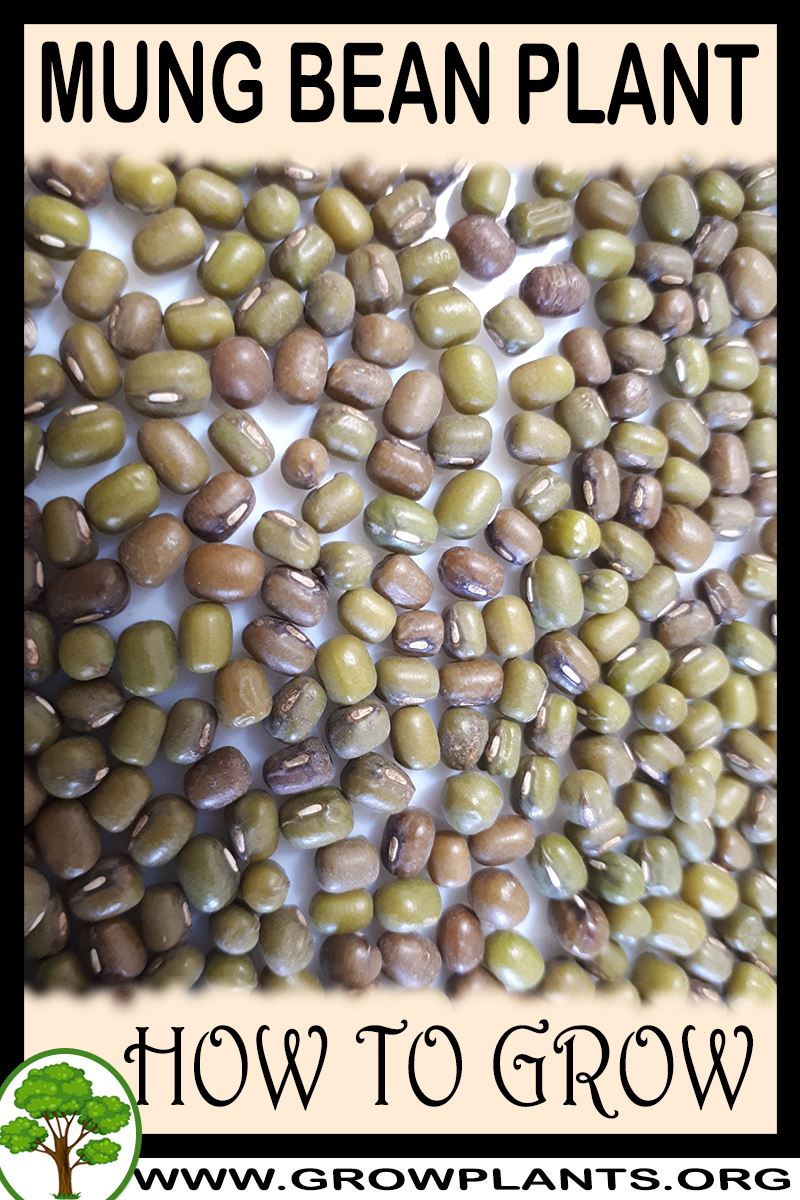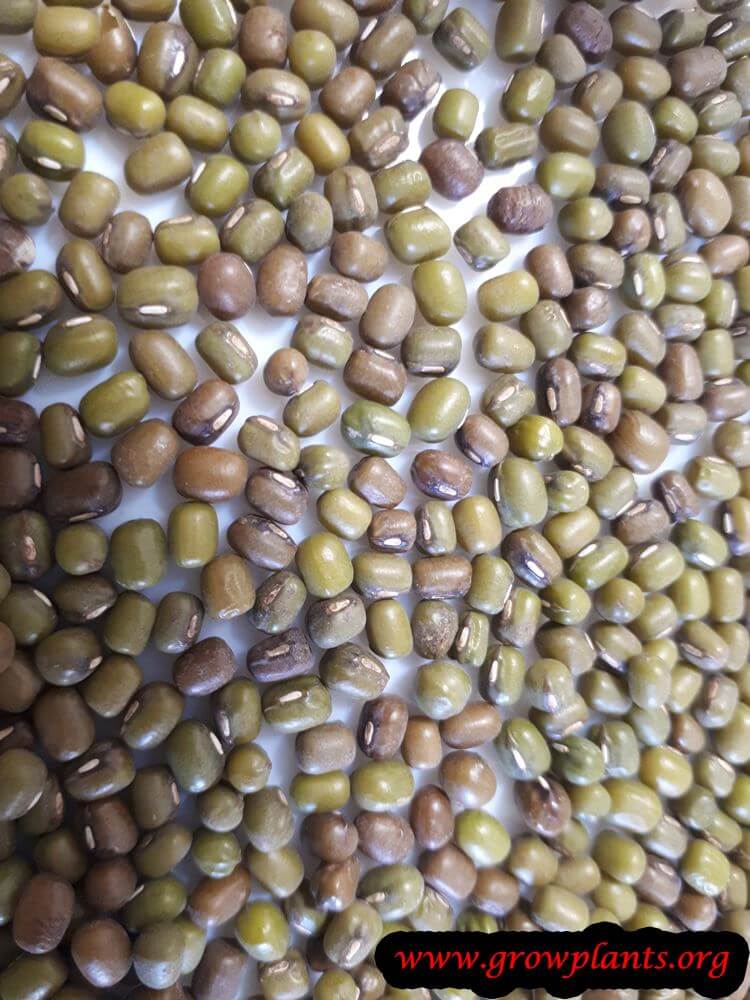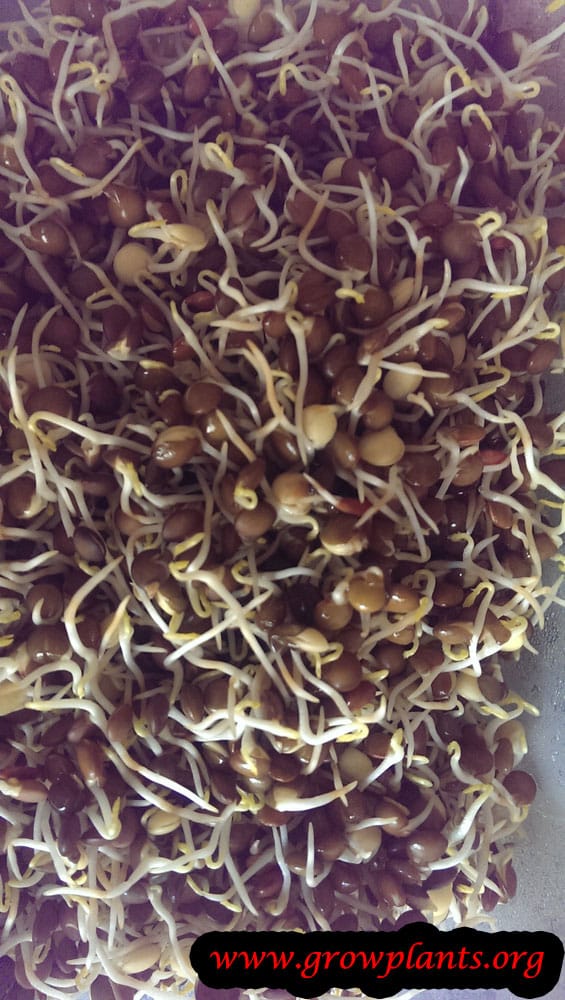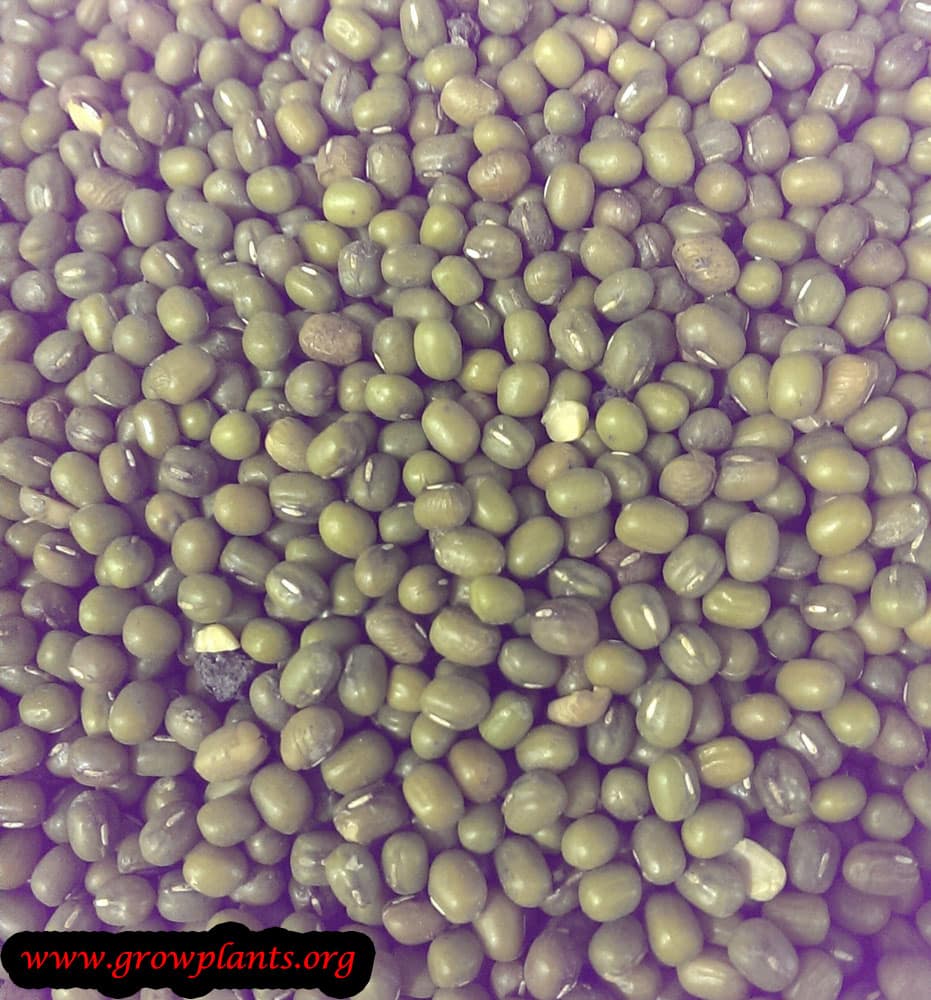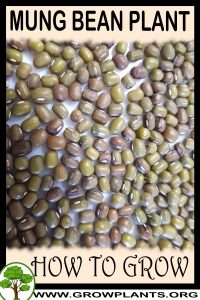
Mung bean plant grow and care – herbaceous of the genus Vigna also known as Vigna radiata, Mung bean plant annual also used as fixing nitrogen plant, can grow in subtropical, mediterranean, desert, temperate climate and growing in hardiness zone 2-10a in the spring or 10b-11 as autumn planting.
Sprouts edible and in special growth get unique thick structure.
Leaves color green in oval shape.
Flower color yellow in butterfly (pea) shape the flower grow in clusters.
Mung bean plant bean
Bean color green or brown, shape it’s oval the bean can eaten when green or full ready, the bean grow in pods that also edible when fresh.
Mung bean plant for sale – Seeds or Plants to Buy
How to grow Mung bean plant growing and care:
Warm season, moist when the plant young
What is the best way to start growing?
Plant / Seedling / Seed
Is it necessary to graft or use vegetative reproduction?
No
Difficulties or problems when growing:
?
Planting season:
Spring or autumn in 10-11 hardiness zone
Pests and diseases:
Spider mites, aphids, larva
Pruning season:
All season
How to prune:
Just infected leaves
Size of the plant?
10-30 cm, 4-12 inches
Growth speed in optimal condition:
Fast growing
Water requirement:
Average amount of water
Light conditions in optimal condition for growing:
Full Sun
Is it possible to grow indoor as houseplant?
No
Growing is also possible in a planter /flowerpot / containers:
Yes
Blooming information
Bloom season:
Spring / Summer and in hardiness zone 10-11 in autumn to winter
General information about the flower
Yellow small butterfly (pea) shape flowers grow in clusters
Pollination is done by:
Bees
Edible seeds
Seeds harvest season:
Summer / winter to spring
Seeds pests or diseases:
Worms, larva
What can be done with big quantities of Mung bean plant seeds?
Eaten raw, salad, cooked, paste
Work requirements on the seeds:
Collect the seeds when ready
How long does it take to bear seeds?
3 month from seeds
Scientific name:
Vigna radiata
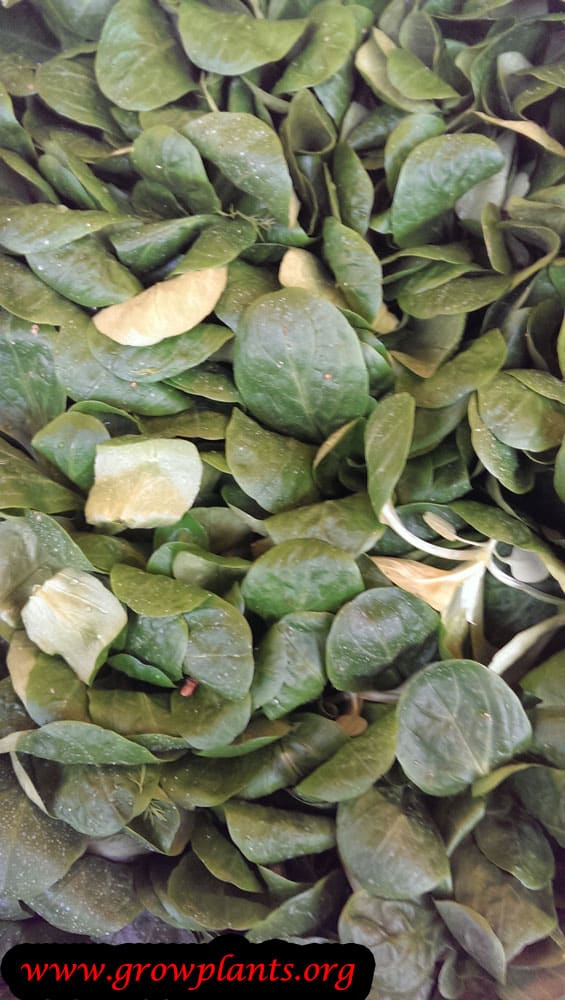
Categories
| Blooming Seasons |
|
|---|---|
| Edible Parts |
|
| Culinary uses |
|
| Flower colors |
|
| Climate |
|
| Harvest Season |
|
| Plant growing speed |
|
| Plant life-form |
|
| Plant Uses |
|
| Planting Season |
|
| Plants sun exposure |
|
| Watering plants |
|
| Hardiness zone |
|


